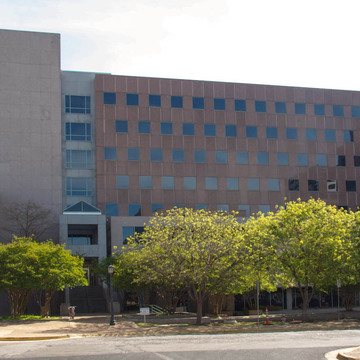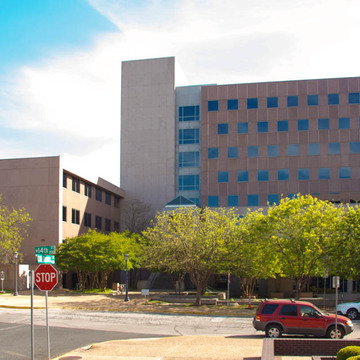PageSoutherlandPage won several important commissions as the state office complex began to expand after World War II. Many of the buildings, including this one, were classical in form but modern and almost austere in detail. The architects often used Texas pink granite for continuity and deference to the capitol.
State office buildings in the area include the Texas Employment Commission Building (1959) by John Linn Scott, George Dahl, and Pitts, Mebane and Phelps at 15th Street and N. Congress Avenue, and, at 15th and Brazos streets, the Texas Employment Commission Office (1972) by Barnes Landes Goodman Youngblood.
The blocks between the capitol and north to the University of Texas once contained late-nineteenth-century houses that were mostly demolished as the need for state office buildings increased and the university and its associated activities expanded during the twentieth century.

















